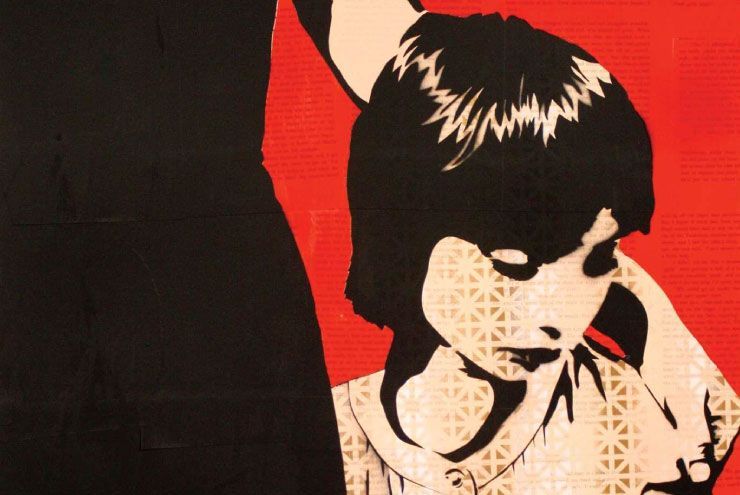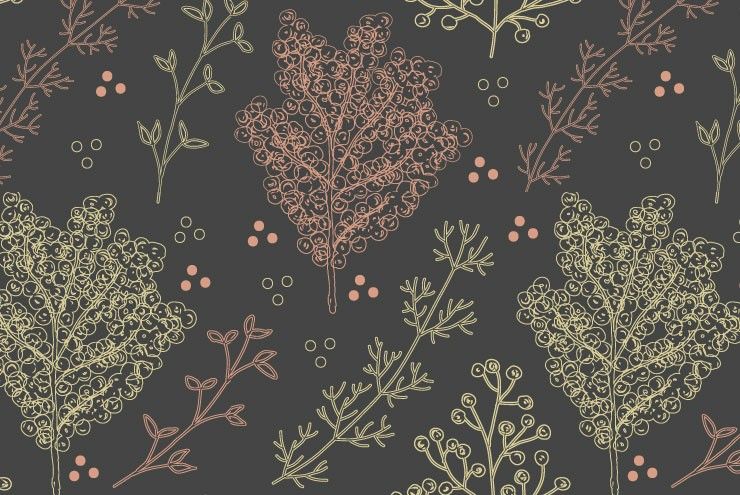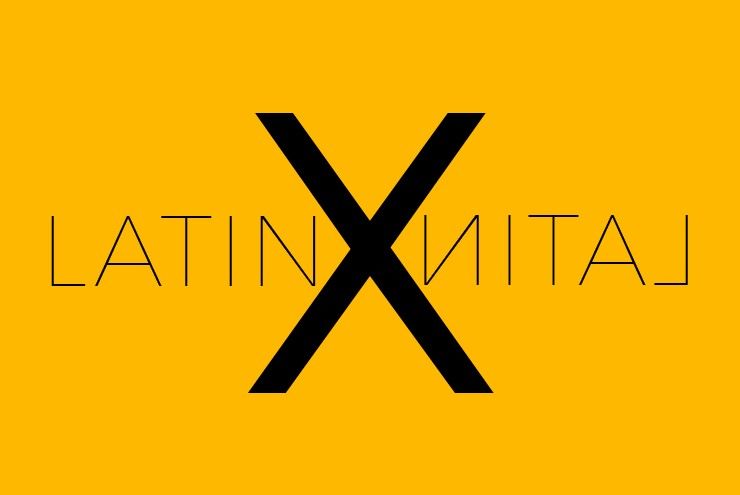By Austin Svedjan
Pride season is upon us, which means it’s the perfect time to rejoice in our identities, commemorate our forequeers, and reflect on the progress that’s still to be made. To kick off our month-long celebration, we’ve compiled a list of our top five LGBTQ southern reads for the summer. Whether you’re kicking back at a Pride pool party or beating the heat inside, these recommendations are sure to satisfy your need to queerly read.
Other Voices, Other Rooms by Truman Capote
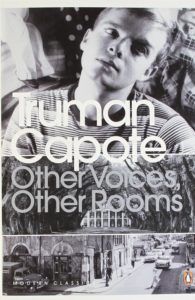
Openly gay author Truman Capote’s first novel, Other Voices, Other Rooms, remains an idyllic version of unrestricted southern queerness. The novel focuses on teenager Joel Knox, who is sent to live with his father at a deteriorating mansion in rural Mississippi. There, Joel finds companions who refuse to adhere to the region’s imposed normative behavior, including the openly gay (and implied trans woman), Randolph, and the butch rebel, Idabel. The book is rife with queer symbolism and relies heavily on Capote’s own experience of growing up gay in 1930s Alabama—which is mirrored by Joel’s eventual acceptance of his own queerness as the novel progresses. While the book was certainly controversial at the time, a contemporary reading of Other Voices, Other Rooms reveals facets of Capote’s identity that perhaps went unrecognized by critics and peers of his time. The novel immerses the reader in Capote’s own vision of what the South could be, and remains a picturesque illustration of pride aimed inward.
Bastard out of Carolina by Dorothy Allison
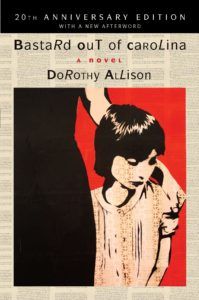
Another debut novel, Bastard out of Carolina by queer southerner Dorothy Allison, follows protagonist, Bone, and her relationship to sexuality—both her personal queerness and her abuse at the hands of her stepfather. Drawing inspiration from her own childhood, Allison conveys these connections between sexuality and familial constructs to be a substantial portion of Bone’s greater identity. Perhaps one of the most prolific conflicts in the novel is Bone’s birth certificate, which is stamped, “illegitimate,” due to her birth out of wedlock. As a self-identified lesbian, Allison aligns her own experience of growing up queer in South Carolina as analogous to being branded as illicit. This concept of queer illegitimacy, as well as the novel’s challenge to southern femininity, makes for a striking and austere read. However, even more potent is the novel’s overarching theme of hope. Hope that conditions will eventually improve—both for Bone and other southerners who continue to occupy spaces of queerness.
Sweet Tea: Black Gay Men of the South, An Oral History by E. Patrick Johnson
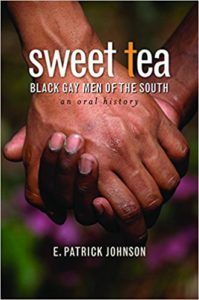
Examining the intersection of queerness, blackness, and southern identity, author E. Patrick Johnson catalogs a gamut of experiences from queer black men solely through casual conversation. This oral history encompasses a variety of age groups and geographic locations, and shines light on topics such as HIV (which disproportionately affects gay and bisexual black men), transitioning in the South, and monogamy. While it is no secret that LGBTQ liberation movements have traditionally excluded queer people of color, reading these oral histories provides the queer southerner, regardless of race, with an intimate opportunity to appreciate and learn from systemically suppressed voices.
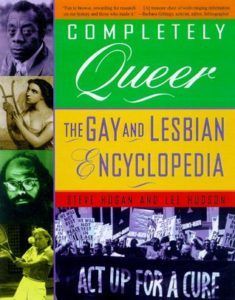
Completely Queer: The Gay and Lesbian Encyclopedia by Steven Hogan and Lee Hudson
While this read isn’t specific to the southern experience, Completely Queer, originally published in 1998, is a recording of everyone and everything queer in just over 700 pages. With entries ranging from Rita Mae Brown to James Baldwin, Completely Queer continues to exist as a resource for queer folks—especially the queer reader—to expand their knowledge of queer writing and history. Pride month is the perfect time to dive into our shared queer culture and Completely Queer is an excellent place to start!
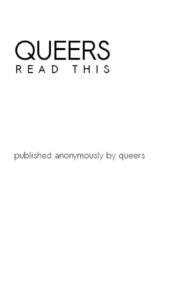
Written by an anonymous collective of queer people, “Queers Read This,” was first distributed in the form of a pamphlet at the 1990 New York City Pride March, during the height of the AIDS crisis. The zine-style manifesto features sections with titles such as, “Anger,” and, “Get Up, Wake Up Sisters!!” asserting to the reader in the first paragraph that, “You as an alive and functioning queer are a revolutionary.” While the LGBTQ rights movement has seen monumental legislative and attitudinal changes in the nearly three decades since the release of “Queers Read This,” the pamphlet’s message that queer folks are inherently radical—and that political revolt is necessary—still rings true today. We must remember that Pride month is not only a time to celebrate our authentic selves, but now, more than ever, a time for protest.


